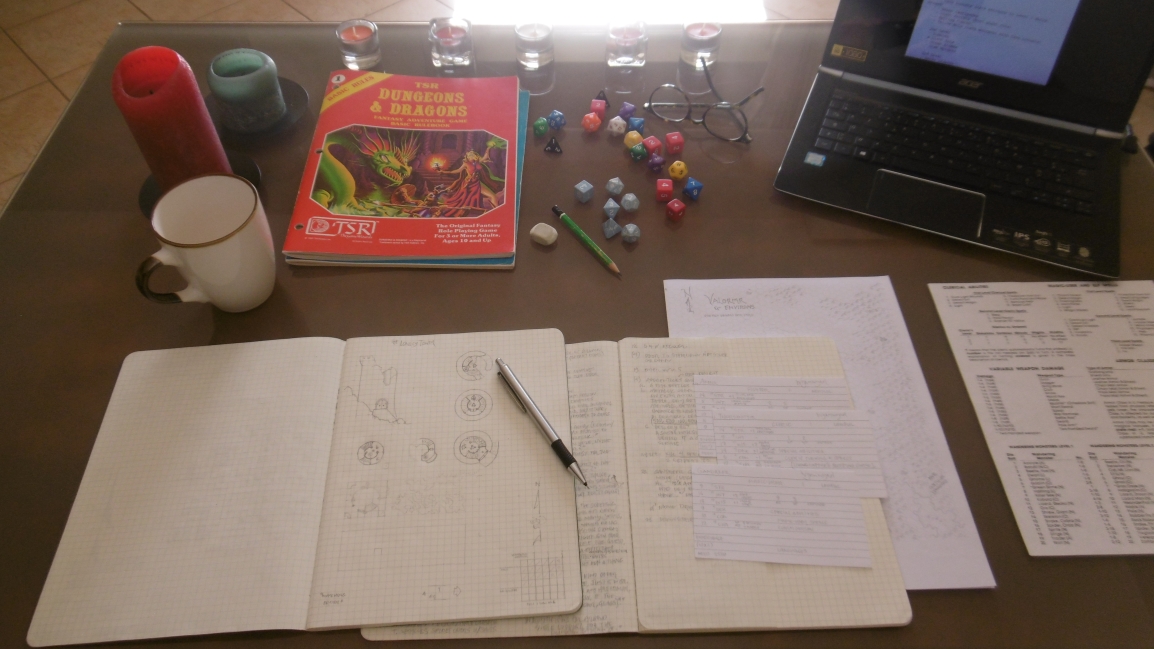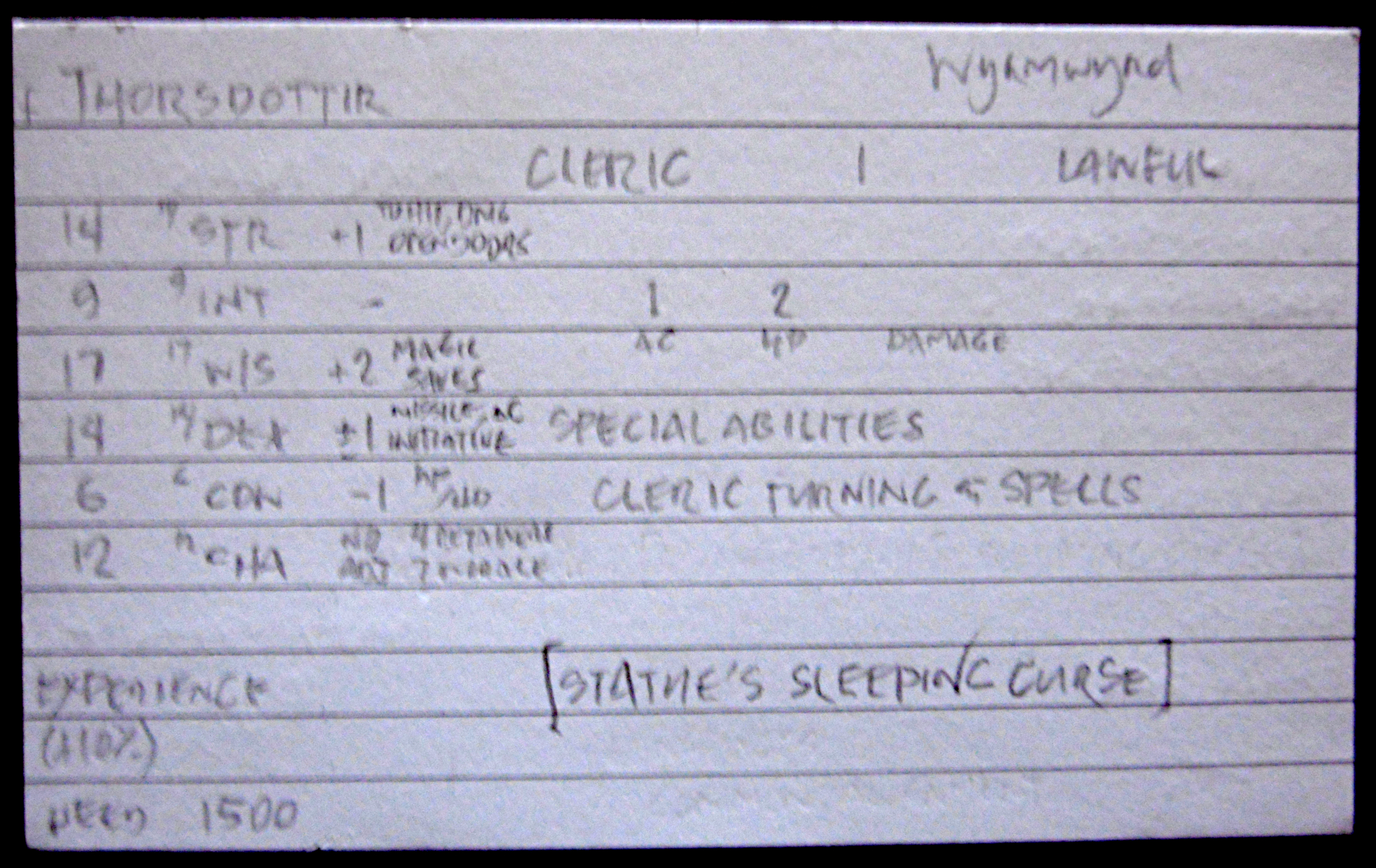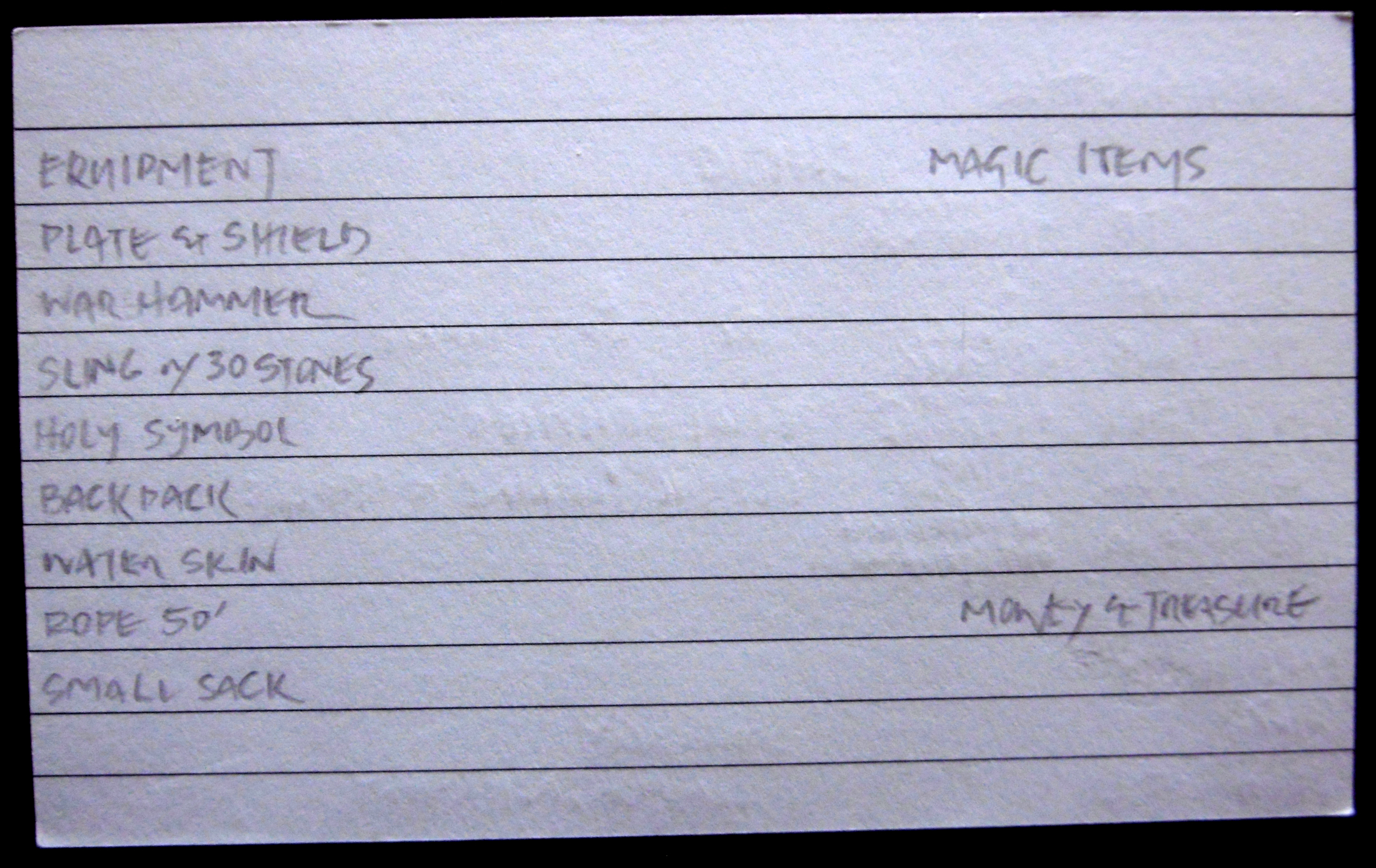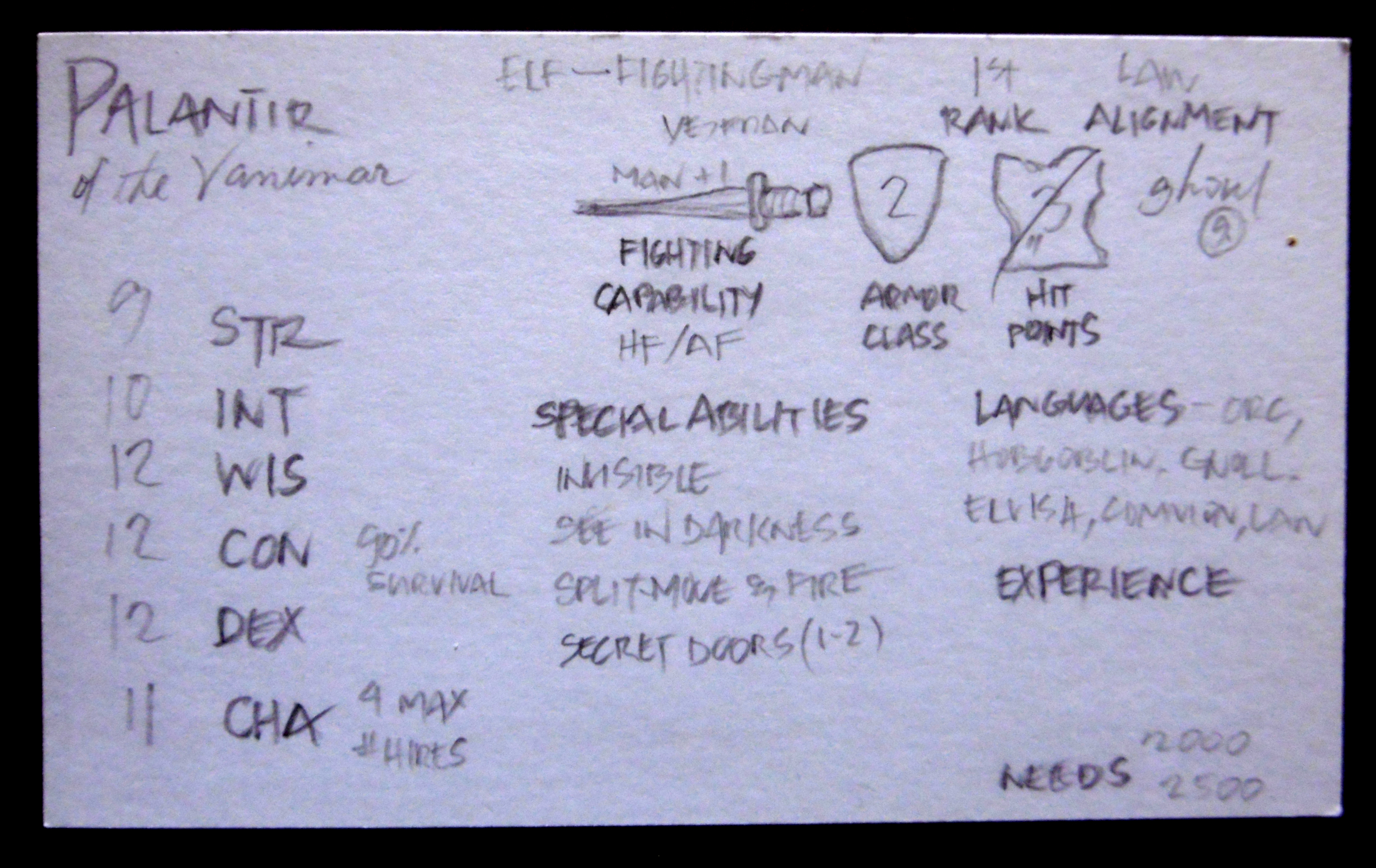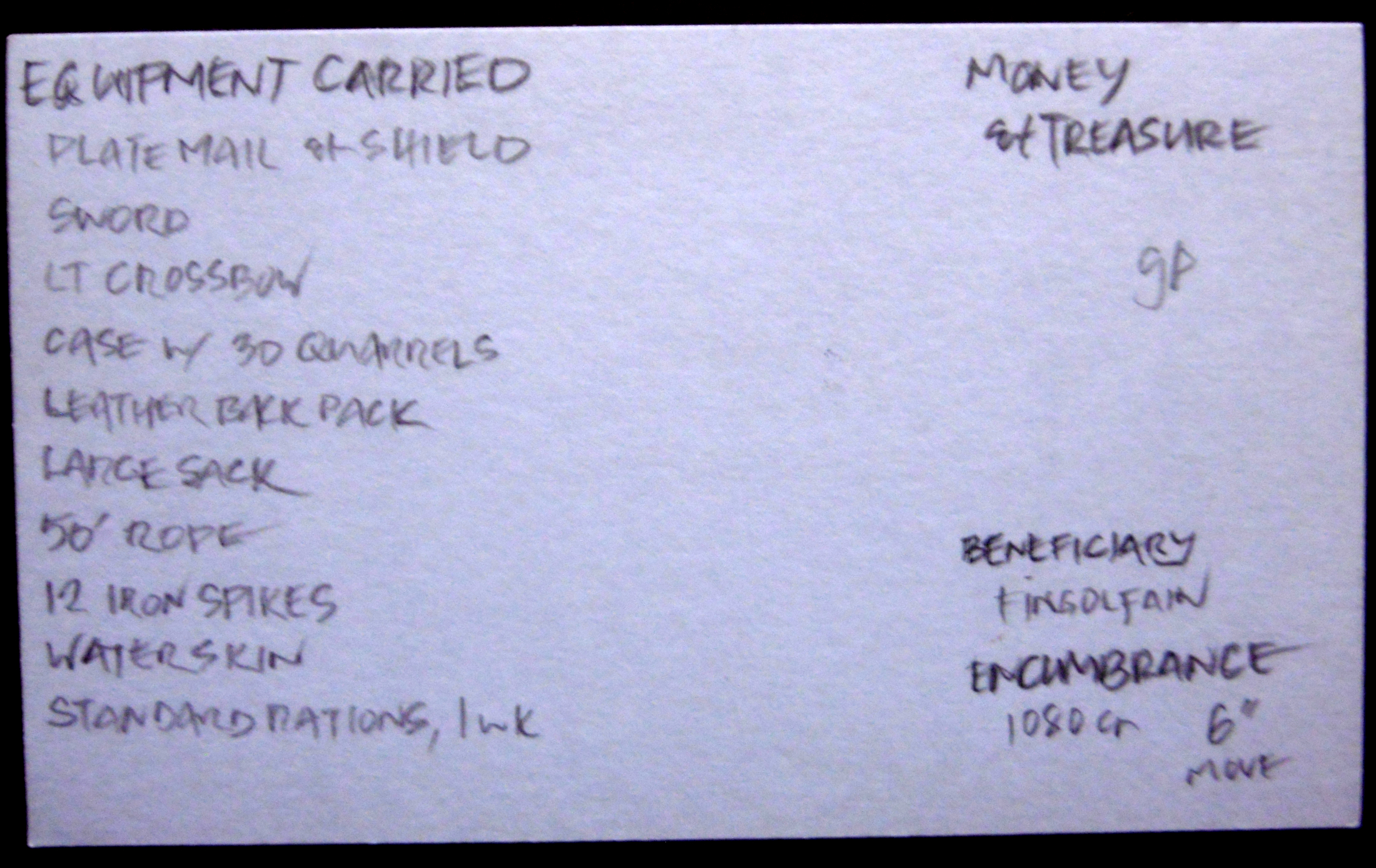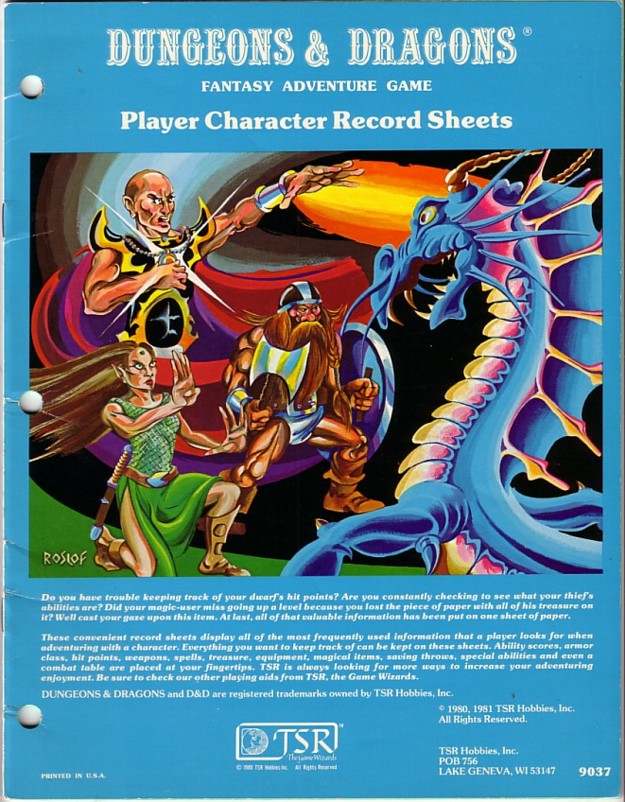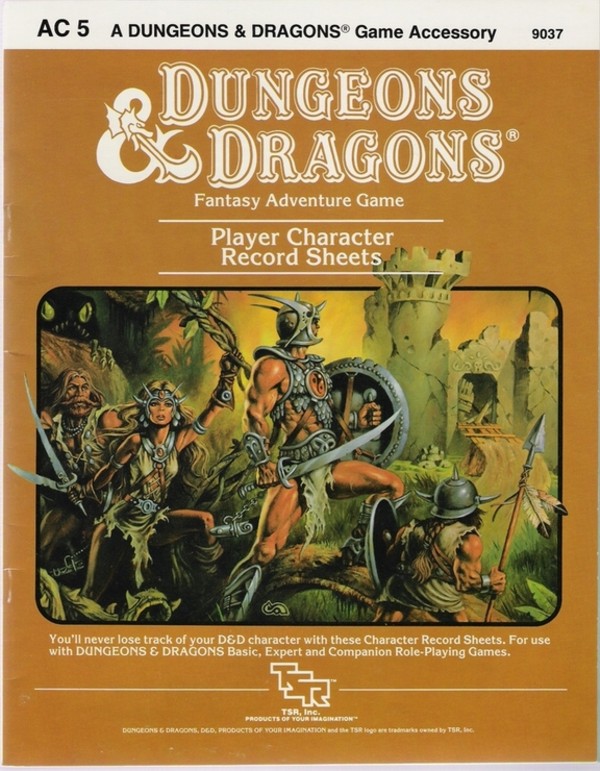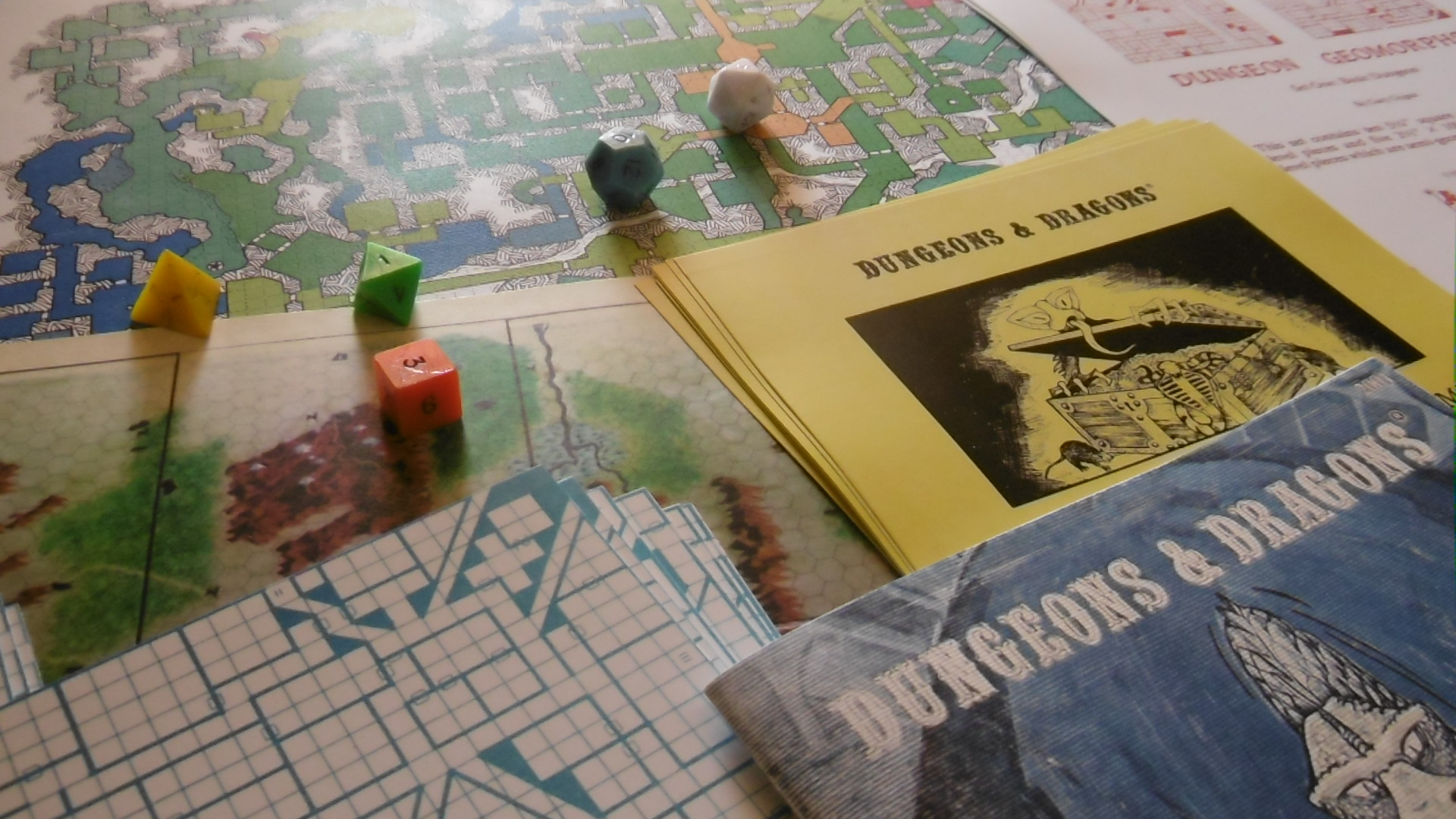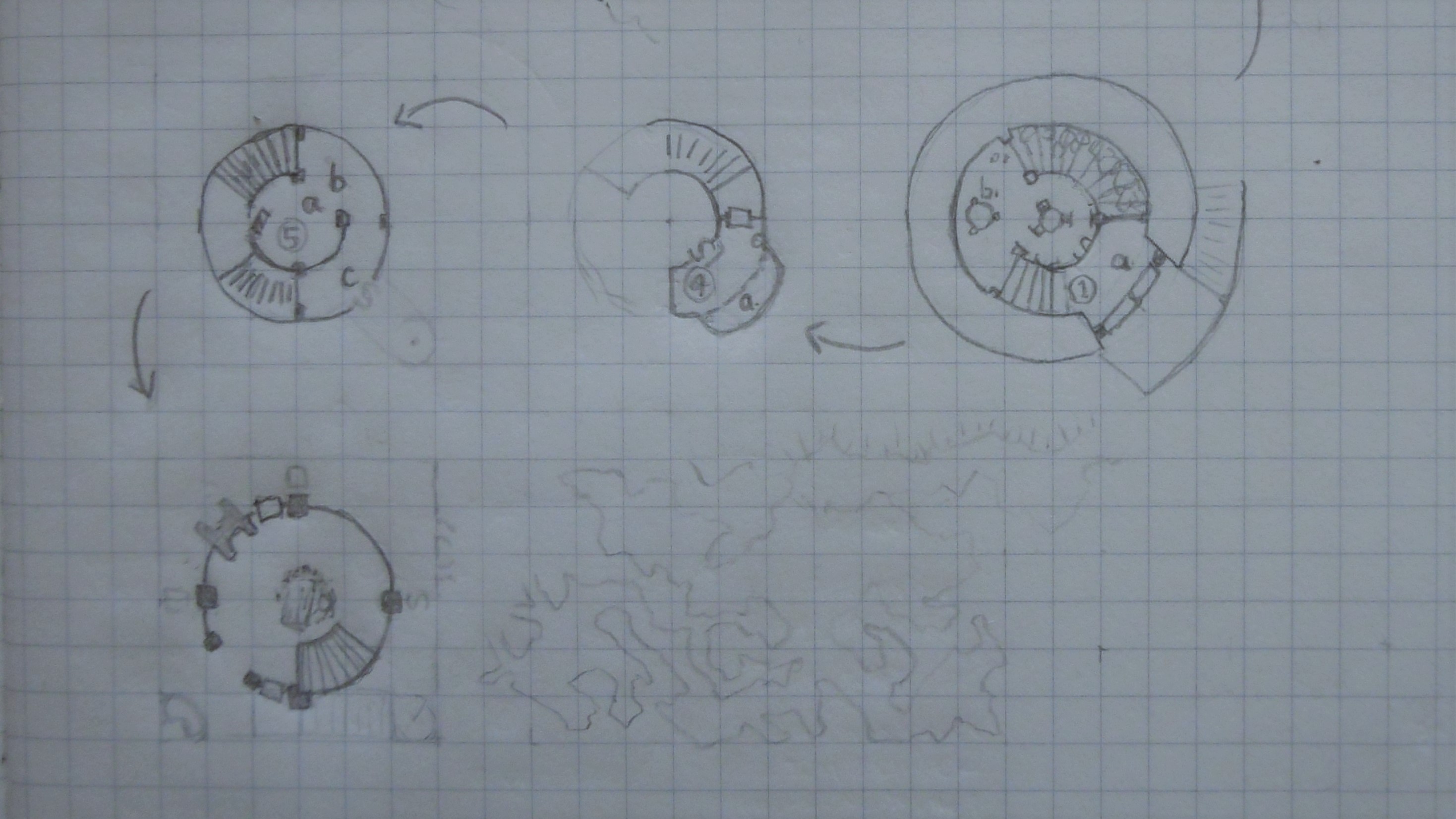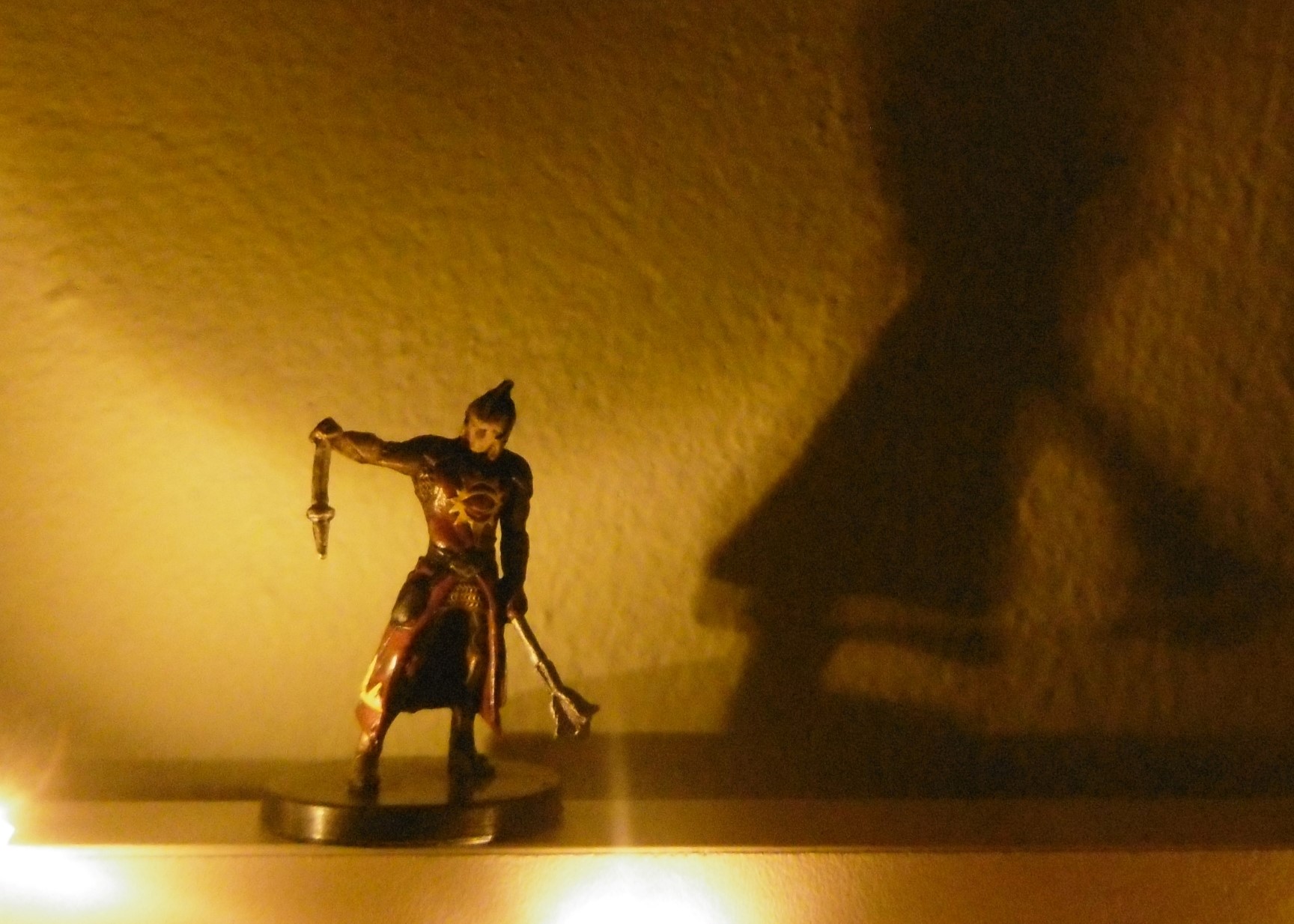This is a follow-up article to “Progressive Dice for Effects Durations,” in which I propose a method to roll each turn for the chance for an effect to end. This, in order to maintain the secrecy—and suspense—of an effect’s duration when playing solo or otherwise without a DM.
So-Called “Progressive” Dice
“Instead of rolling for the effect duration at the trigger to know on what turn the effect ends, we roll the same dice at the beginning of each subsequent turn to see if the effect ends in that turn.
“A dice result equal to or greater than the current subsequent turn indicates the effect continues. Roll again at the beginning of the next turn. A lower result means the effect ends.”
—“Progressive Dice for Effects Durations”
I’ve used progressive dice for effects durations and a number of other things for years. My assumption was that the chance for the effect to end each turn stands alone turn by turn, increasing as turns go by, therefore “progressive.” I also assumed that the overall probabilities, compared to the traditional method, were somehow the same.

Writing the previous article forced me to think a little deeper on the method. I wondered if I’d got it right. Does it really yield a progressive chance, turn by turn, for the effect to end?
The smartest D&D mathematician I know is Dan Collins of Wandering DMs and Delta’s D&D Hotspot. A 40+ year D&D veteran, Dan is also a university lecturer in mathematics and computer science.
So, I sent him a query outlining the problem. Dan’s response, a few lines and a table of probabilities, shows how it is that progressive dice are not so progressive after all. For, using the proposed method, the chance of the effect ending is much higher in the initial periods than the later, so, not at all statistically equivalent to the traditional method.
In a traditional game, the DM rolls a single dice (or combination thereof) when an effect is triggered to determine its duration. A duration of 1 to 6 turns, say, is rolled on a d6. The probability that the effect ends on any turn is ⅙ or 16.67%.
![Single Dice Roll [Traditional] Single Dice Roll [Traditional]](https://www.donjonlands.com/wp-content/uploads/_images/legacy/6a00d8342106f153ef02942f905f3b200c.jpg)
Using so-called progressive dice, “It stacks up differently,” Dan writes. “It’s very unlikely that you’ll get to turn 5 or 6, because you have to survive all the prior rolls to get there. Over half the time you’ll have the effect stop after two or three rounds.”
Here I had to make a saving throw vs. Death Ray. Reading the email, I was talking to Dan through the screen: The progressive dice method is so elegant, man—it has to be right!
Dan goes on to explain: “Computing a compound probability like this is a series of multiplications…” He also includes a table with a note that, if the calculations are correct, the sum of all chances should be 100%. I reproduce the table here.
| Progressive Dice, Chance to End After Turn n |
| Turn |
Multipliers |
Product |
| 1 |
1⁄6 |
16.67% |
| 2 |
5⁄6 × 2⁄6 |
27.78% |
| 3 |
5⁄6 × 4⁄6 × 3⁄6 |
27.78% |
| 4 |
5⁄6 × 4⁄6 × 3⁄6 × 4⁄6 |
18.52% |
| 5 |
5⁄6 × 4⁄6 × 3⁄6 × 2⁄6 × 5⁄6 |
7.72% |
| 6 |
5⁄6 × 4⁄6 × 3⁄6 × 2⁄6 × 1⁄6 × 6⁄6 |
1.54% |
| Total |
|
100% |
So, it isn’t just the simple chance (bold) each turn that the effect will end. We have also to factor in the cumulative chance (italics), which is each previous roll inverted, that the effect hasn’t already ended.
Note that, in the previous article, we roll to see if the effect ends at the beginning of the next turn. “Ends after turn n” is a different way to say the same thing.
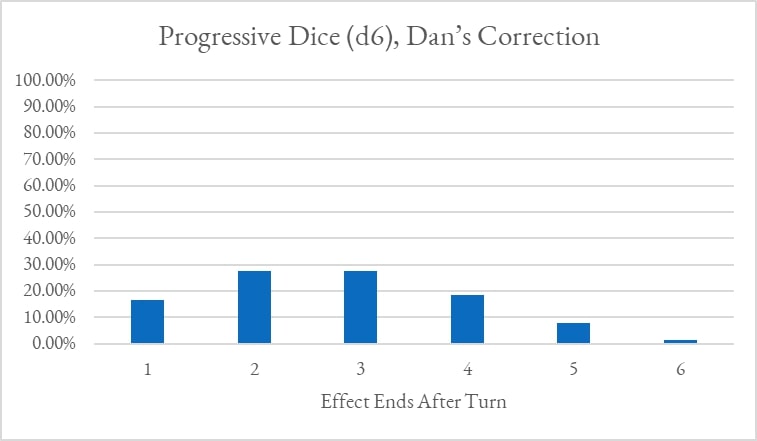
Therefore, at best, I misnamed “progressive dice.” Though the number to roll increases turn by turn, the chance to make that number is not at all progressive. The chance to end the effect after the second or third turn is much higher than the first or later turns.
Alternatives
So, what is a DM-less player to do? We might accept the statistical difference and use the so-called “progressive” dice in play. Or we might seek out other solutions. We look here at two—one of them works.
Single Dice, Effect Ends on a 1 (Not a Solution)
I thought of an alternative method. Roll the same dice every turn, with a result of 1 signaling the effect’s end. The effect ends automatically at the end of the maximum duration.
It’s more simple than counting turns. But, if I’m following Dan’s lesson well, we still have to factor in the chance that the effect ended with the previous roll(s).
| Effect Ends on 1, Chance to End After Turn n |
| Turn |
Multipliers |
Product |
| 1 |
1⁄6 |
16.67% |
| 2 |
5⁄6 × 1⁄6 |
13.80% |
| 3 |
5⁄6 × 5⁄6 × 1⁄6 |
11.57% |
| 4 |
5⁄6 × 5⁄6 × 5⁄6 × 1⁄6 |
9.65% |
| 5 |
5⁄6 × 5⁄6 × 5⁄6 × 5⁄6 × 1⁄6 |
8.04% |
| 6 |
5⁄6 × 5⁄6 × 5⁄6 × 5⁄6 × 5⁄6 × 1⁄6 |
6.70% |
| Total |
|
66.51% |

Furthermore, I note that the total percentage is only 66.51, which is 33.49 short of 100. I’m guessing that’s because the effect automatically ends at the duration’s upper limit. The chance that it will end after the 6th turn is, in fact, 6.70 plus the remaining 33.49, or 40.19%.
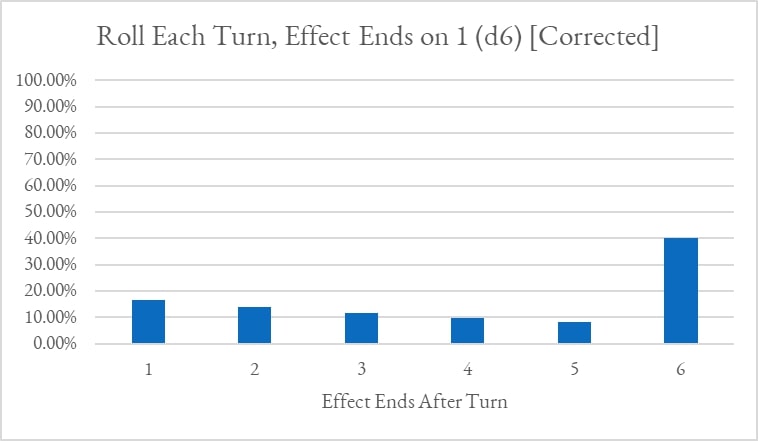
1 to n Cards
Dan suggests a card solution: a number of playing cards n equal to the upper limit of the range, 1 to n, one of which is an ace—or, if you have a deck of many things on hand, the Donjon (ace of spades) or the Fates (ace of hearts).
Shuffle the deck once when the effect is triggered. Draw one card from the top of the deck at the beginning of each turn. When the ace comes up, the effect ends.
Here, the shuffling is the dice roll, which determines on which turn the effect ends (on the ace). The chance that it will end in any particular round is 1⁄n, just like a single dice roll. The only practical difference from the dice roll is that the ending turn, while predetermined, is hidden within the deck. Also elegant.
A disadvantage is that the card method cannot duplicate dice combinations. Melqart’s stun duration, 2d4 turns, for example, cannot be reproduced using this method. In this case, it was the first effect duration of the campaign, but dice combinations might be infrequent.
Another disadvantage is that you have to manage an additional tool at the table. The suspense about when the effect ends, though, may well be worth the trouble.
For myself, I love to incorporate playing cards into my D&D, and if there’s an opportunity to get more use out of a deck of many things, I’ll take it.
Other Solutions?
I’m interested to hear your suggestions for maintaining the secrecy of effects durations in a DM-less game. I would also entertain a counterargument showing that progressive dice do in fact produce progressive results. Because it’s elegant, man, it has to be right!
My thanks to Dan Collins for his statistical analysis of the problem as well as an alternative solution. For interested readers, Dan offers several venues to learn more about dice and probability. In an episode of Wandering DMs, Dan gives a course in Basic Dice Math, and in another episode with cohort Paul Siegel, he talks Dice Mechanics. In addition, you’ll find a plethora of articles about dice statistics on Dan’s blog.

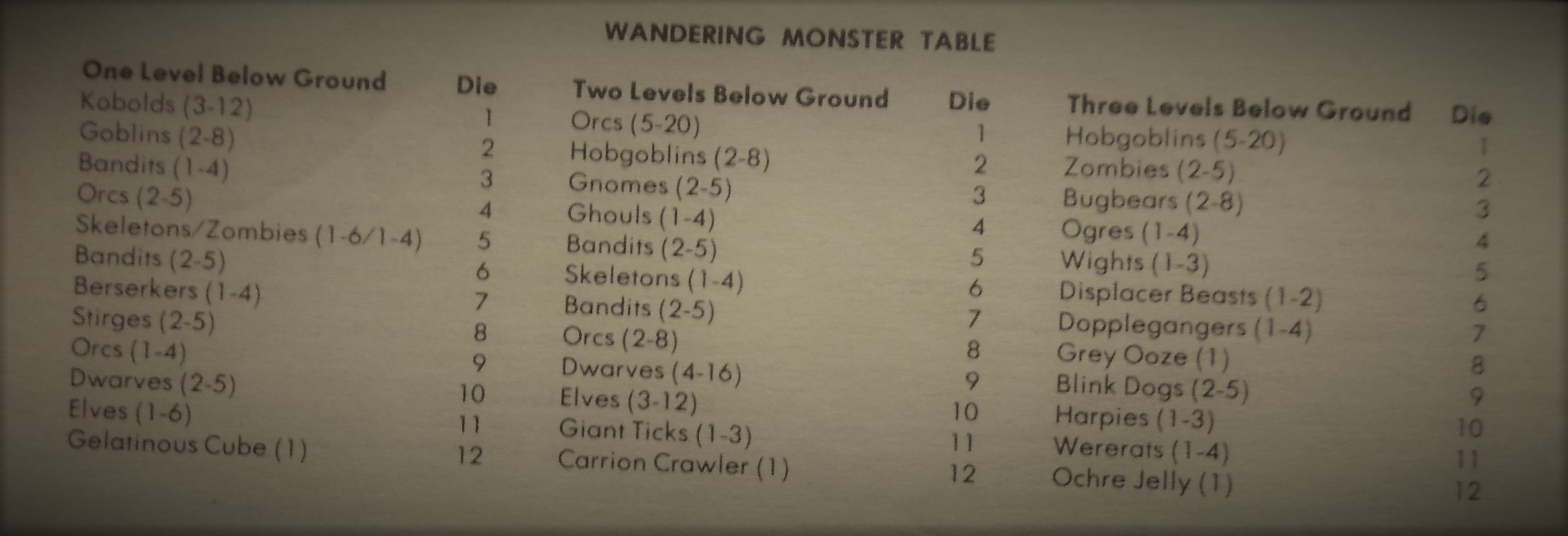
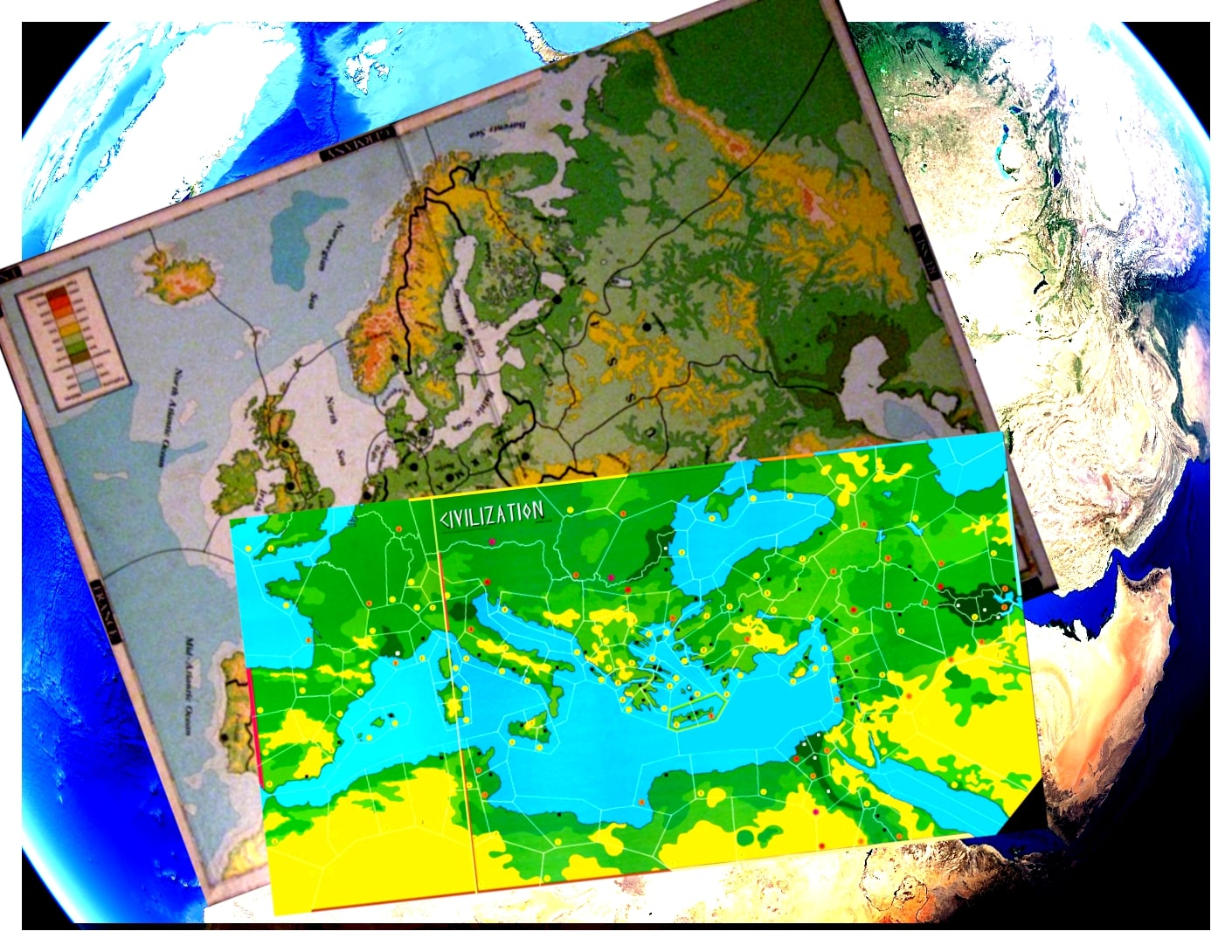
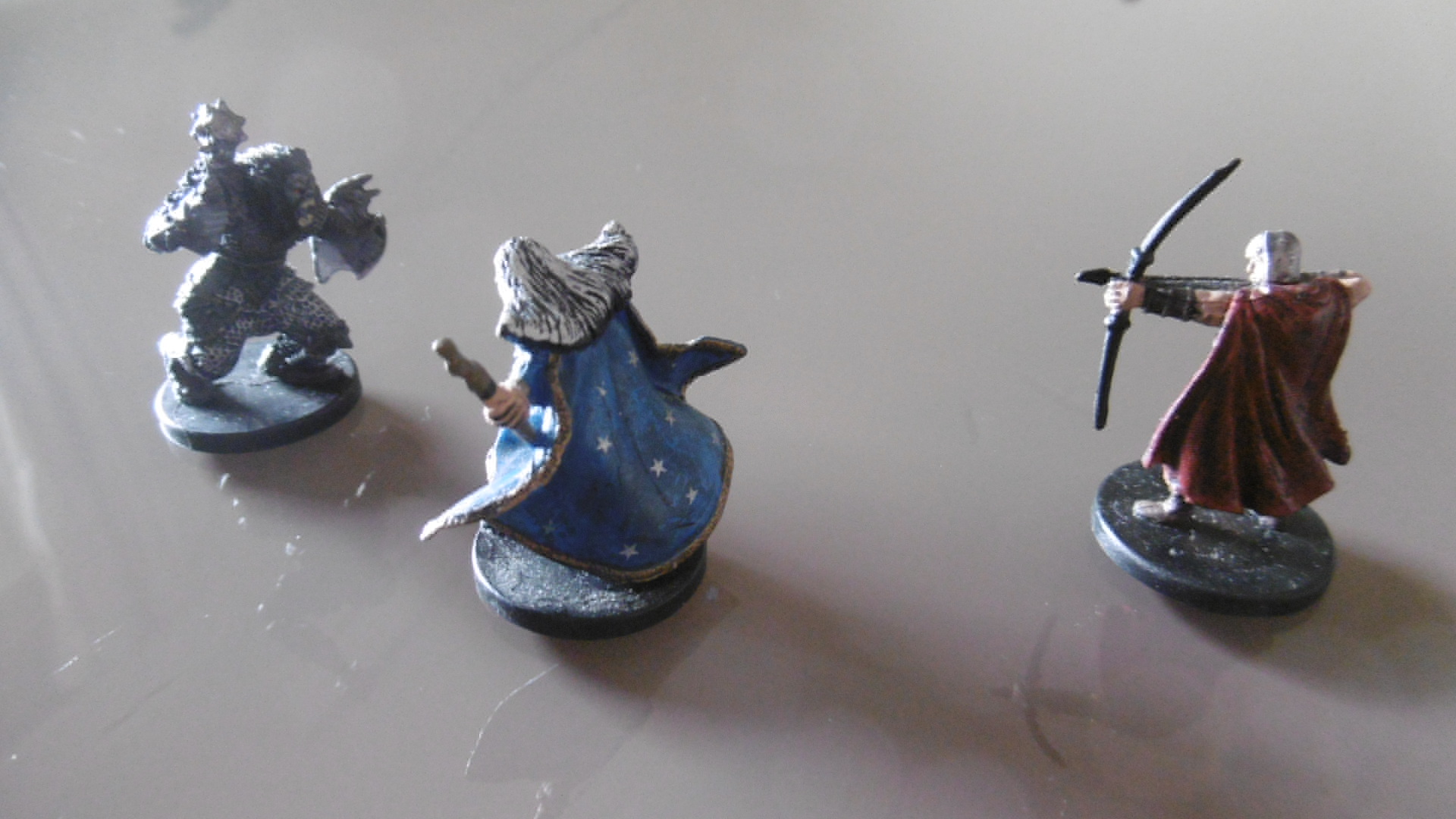
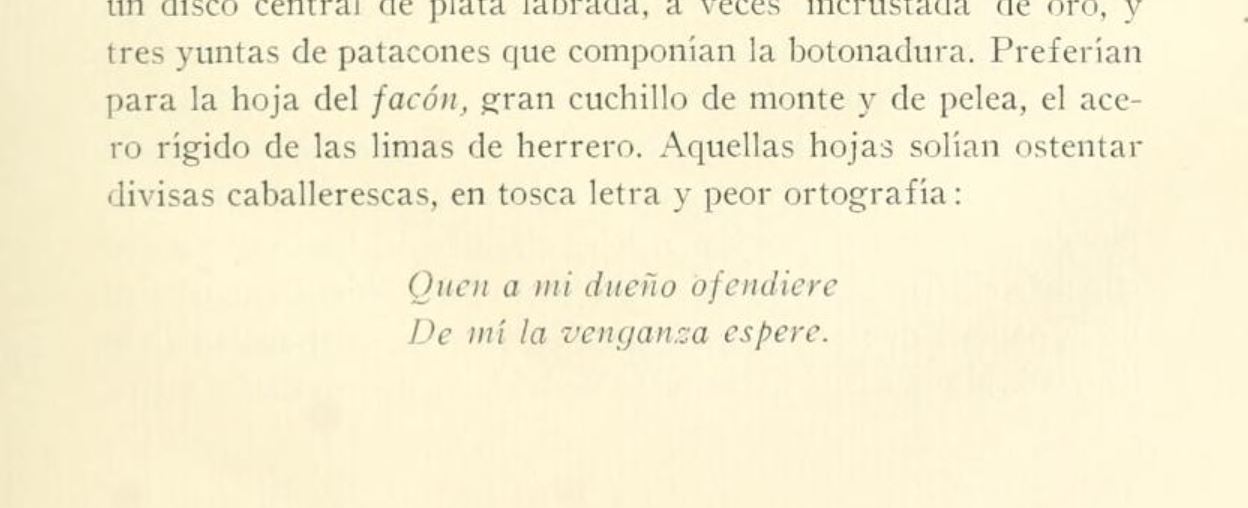

![Single Dice Roll [Traditional] Single Dice Roll [Traditional]](https://www.donjonlands.com/wp-content/uploads/_images/legacy/6a00d8342106f153ef02942f905f3b200c.jpg)



